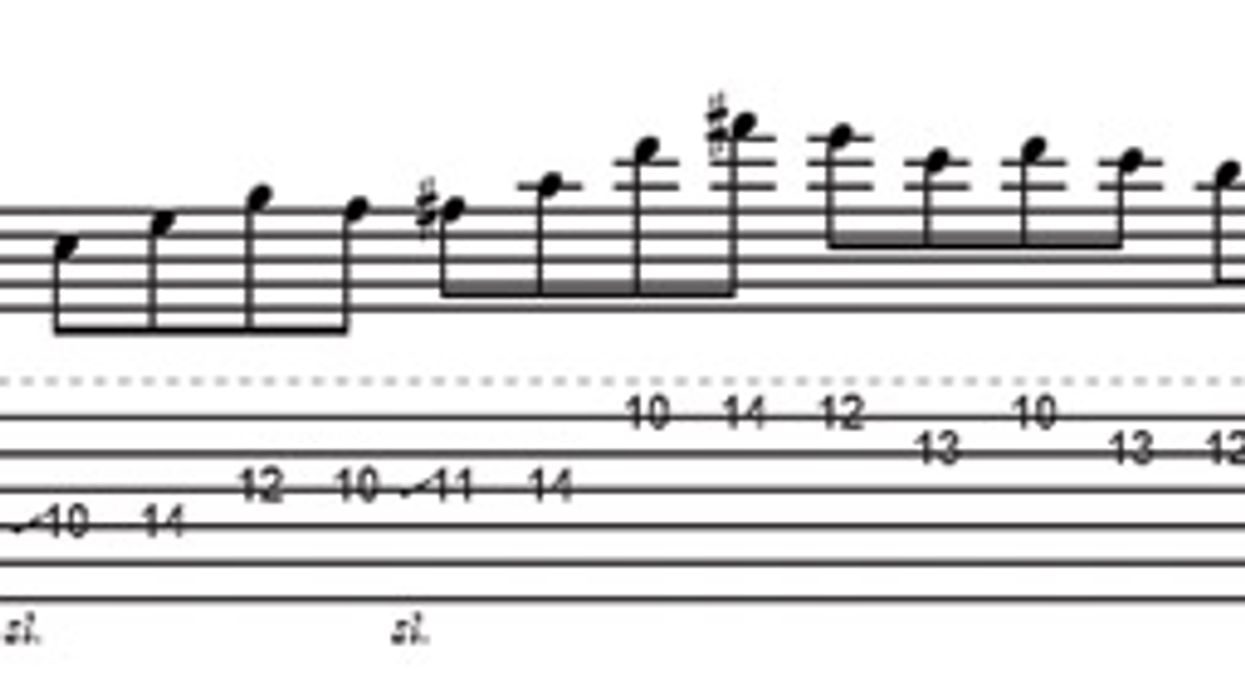Search
Latest Stories
Start your day right!
Get latest updates and insights delivered to your inbox.
scale-tones-concept-two-follow-notes-pass-major-application-passing-basic-harmonic-definitions-whole-apart-practical-accurate-official
Don’t Miss Out
Get the latest updates and insights delivered to your inbox.
Recent
load more
